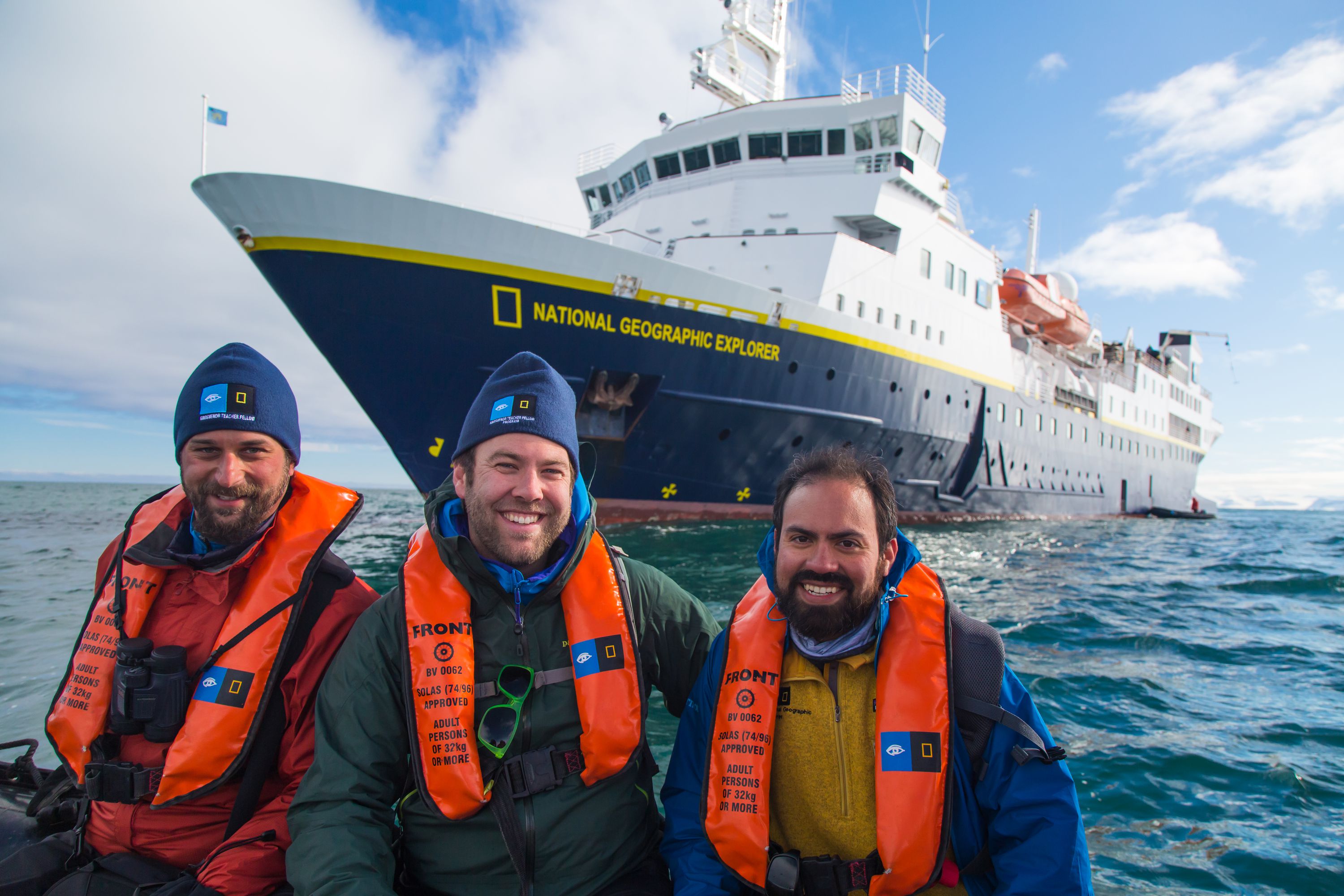
THE WAR IN EUROPE
With Donald L. Miller, PhD
July 16-22, 2017 in New Orleans, LA
July 15-21, 2018 in Normandy, France
Link
Announcing The Second Annual National WWII Museum Summer Teacher Institute!
WWII was the central global event of the twentieth century and its
legacies—for good and bad—continue to affect our world today. The
lessons of patriotism, teamwork, sacrifice, optimism, and leadership
found in its history are essential subjects for training our students to
become active, educated citizens. To ensure that teachers like you
across the country have the content knowledge, the pedagogical
techniques, and the creative and engaging curriculum materials you need
to teach World War II history, The National WWII Museum is launching its
multi-year WWII Summer Teacher Institute.
In July 2017, The National WWII Museum will convene its second annual
Summer Teacher Institute, led by renowned WWII scholar and New York
Times bestselling author Donald L. Miller, PhD. Thirty teachers from
around the nation will be selected to participate in an intensive
week-long seminar utilizing the vast resources of the Museum, including
the expertise of educators, curators, and historians, to explore
strategies for teaching the history of World War II. During the
2017-2018 school year, participants will partner with Museum educators
to develop and present their own professional development workshops. In
July 2018, the cohort will reconvene in Normandy, France to explore
firsthand the site of the 1944 D-Day landings, the largest amphibious
invasion in history. Prior to both summer sessions, participants will
interact with Dr. Miller, Museum educators, and one another through
preparatory readings and online discussions.
The Museum is an important WWII educational resource for teachers and
students across the United States. By creating cohorts of WWII expert
teachers who in turn train more teachers, the Institute will ultimately
reach approximately 4,000 teachers and 400,000 students nationwide over
the next five years. Don’t miss your chance to apply for this exciting
and important professional development opportunity. Participants will
receive six hours of graduate credit from an accredited university upon
successful completion of the sixteen-month program.
WHO CAN PARTICIPATE: The Summer Teacher Institute is
open to any high school teacher at an accredited public, charter,
private, or parochial school who has at least two years experience as of
July 2017 and who will be teaching during the 2017-2018 school year.
Teachers of subjects other than social studies may apply, but should
explain in their application how they plan to incorporate World War II
themes into their curriculum. Media specialists, librarians, curriculum
coordinators, and academic coaches are also eligible provided they spend
at least half of their time providing direct instruction to students.
Applications will be evaluated through a competitive process that will
include information on teaching experience, two short written
statements, and two letters of recommendation. The Museum seeks to
recruit a diverse cohort of teachers.
Participants must be willing and able to travel abroad, and must hold a current U.S. passport valid through August 2018.
COST: There is no cost. Teachers will receive room
and board in New Orleans and Normandy, a travel stipend, and all seminar
readings free of charge. Graduate credits are also free for those who
choose to receive them.

















